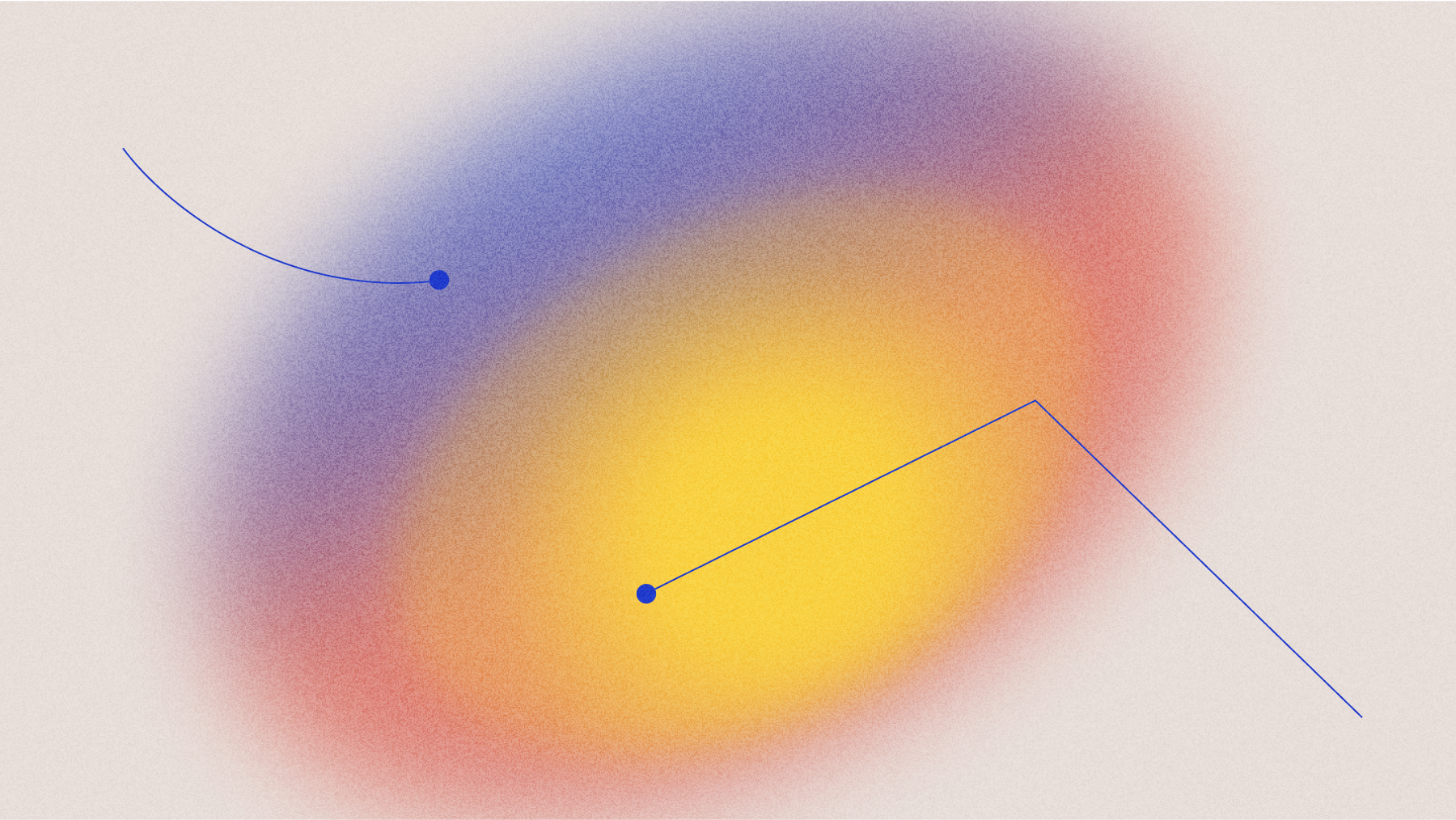Review - data2vec: A General Framework for Self-supervised Learning in Speech, Vision, and Language
This week's Deep Learning Paper Review is data2vec: A General Framework for Self-supervised Learning in Speech, Vision, and Language.



This week's Deep Learning Paper Review is data2vec: A General Framework for Self-supervised Learning in Speech, Vision, and Language.
What’s Exciting About This Paper
Up until recently, the Self-supervised Learning Techniques (SSL) were developed with a single modality in mind. This means there are big differences in the way self-supervised learning algorithms learn from images, speech, text, and other modalities. However, data2vec gets rid of needing to use different methods for different modalities. It is the first SSL framework that uses the same learning method for either speech, NLP, or computer vision and achieves State-of-the-Art results.
Key Findings
Self-supervised Learning enables computers to learn just by observing and then figuring out the structure of images, speech, or text. This approach has a lot of advantages for scaling especially in low data resource scenarios like ASR for different languages and dialects. Research in Self-supervised Learning today is almost always focused on one particular modality. Data2vec is the first framework for SSL that works for different modalities.
Instead of predicting modality-specific targets such as words, visual tokens, or units of human speech which are local in nature, data2vec predicts contextualized latent representations that contain information from the entire input.
Data2vec simplifies by training models to predict their own representations of the input data, regardless of the modality. The core idea is to predict latent representations of the full input data based on a masked view of the input in a self-distillation setup using a standard Transformer architecture. By focusing on these representations — the layers of a neural network — instead of predicting visual tokens, words, or sounds, a single algorithm can work with completely different types of input. This removes the dependence on modality-specific targets in the learning task.
Data2vec uses a teacher network to first compute target representations from an image, a piece of text, or a speech utterance. Then they mask part of the input and process it with a student network, which then predicts the latent representations of the teacher. The student model has to predict representations of the full input data even though it has a view of only some of the information. The teacher network is identical to the student model but with weights that are slightly out of date.
For example, in speech, the most popular SSL approaches are wav2vec 2.0 and HuBERT. Wav2vec 2.0 and HuBERT discretize representations in order to train the models. Instead of this data2vec directly predicts contextualized latent representations without quantization. This leads to better results than the current State-of-the-Art in the Librispeech dataset.
Results
As a speech company, we are really interested in SSL results for speech. Data2vec seems to perform better than other State-of-the-Art SSL methods on the Librispeech test-other test set. The models are trained on 960 hours of audio from Librispeech (LS-960) as unlabeled data.

In our opinion, data2vec is really interesting and has greater potential due to its simplicity and generalizability.
References
- https://scontent-sjc3-1.xx.fbcdn.net/v/t39.8562-6/271974914_483120576492438_4239522333319653600_n.pdf?_nc_cat=107&ccb=1-5&_nc_sid=ae5e01&_nc_ohc=B0n352vDpUgAX9UXlyu&_nc_ht=scontent-sjc3-1.xx&oh=00_AT_r4K587qUKPYI6fQPtdkaX55n2x7WRH6ifbtEe6PyOGw&oe=61F5F211
- https://ai.facebook.com/blog/the-first-high-performance-self-supervised-algorithm-that-works-for-speech-vision-and-text/
- https://ai.facebook.com/research/data2vec-a-general-framework-for-self-supervised-learning-in-speech-vision-and-language
Lorem ipsum dolor sit amet, consectetur adipiscing elit, sed do eiusmod tempor incididunt ut labore et dolore magna aliqua. Ut enim ad minim veniam, quis nostrud exercitation ullamco laboris nisi ut aliquip ex ea commodo consequat. Duis aute irure dolor in reprehenderit in voluptate velit esse cillum dolore eu fugiat nulla pariatur.






